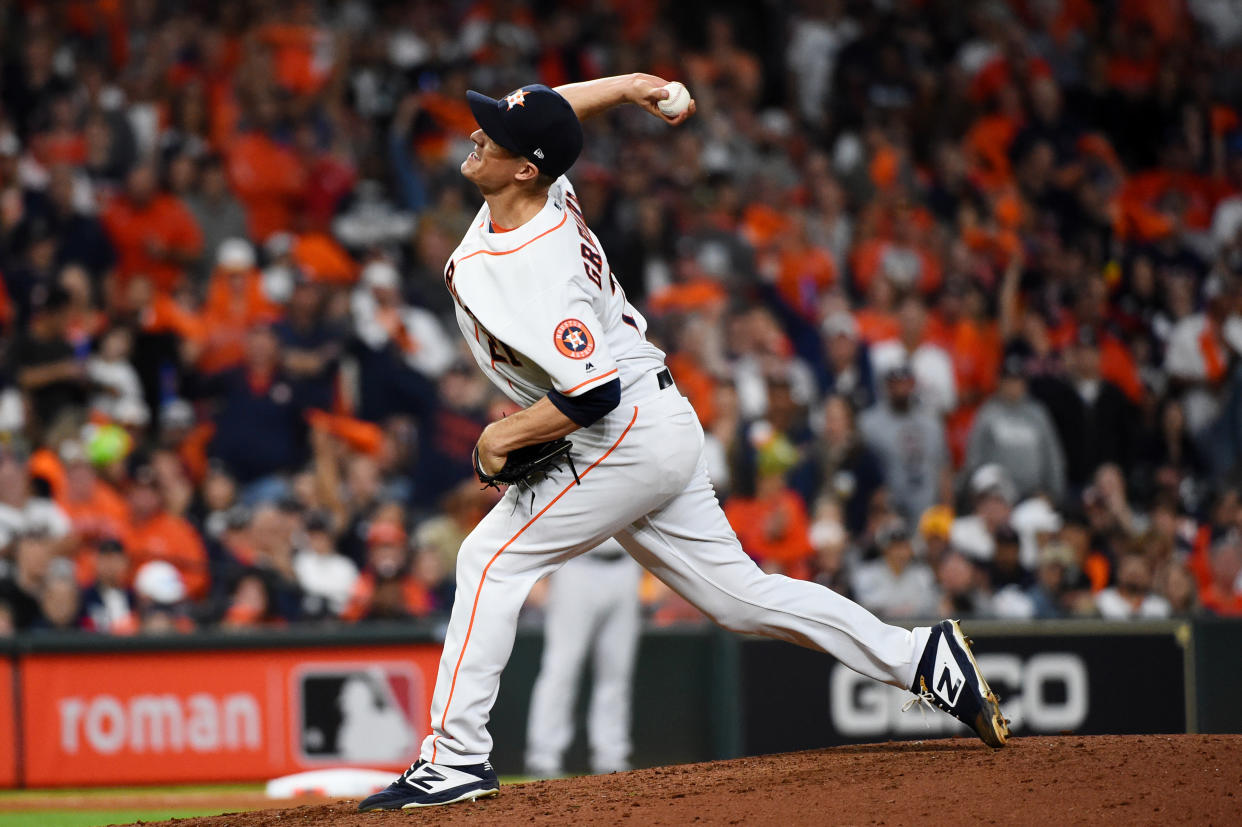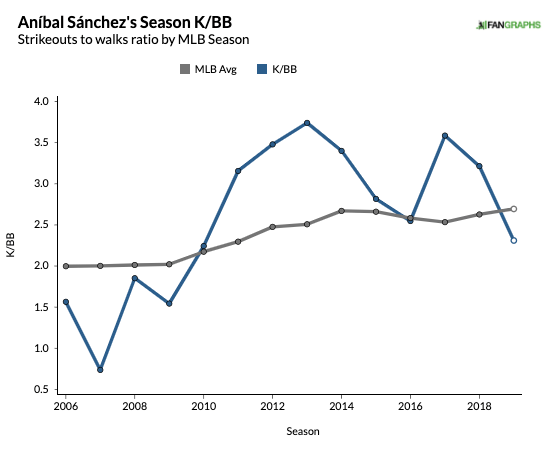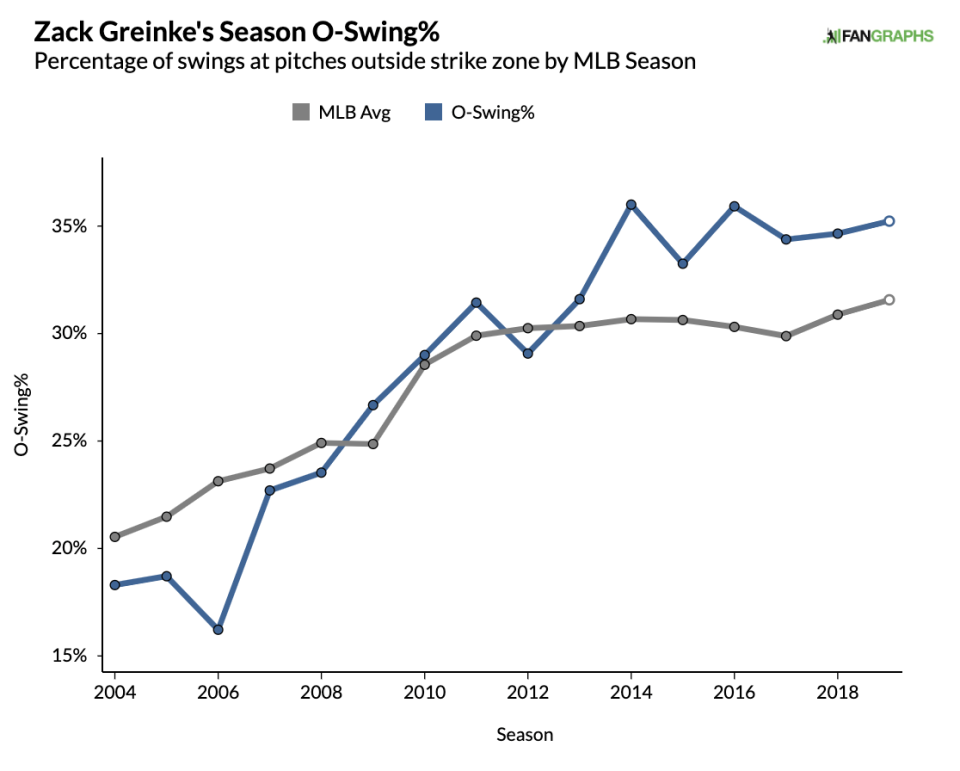World Series: How to bet Game 3

Yahoo! is partnering with The Action Network during the football season to bring you expert sports betting information and analysis. Analysis by Sean Zerillo.
World Series Game 3 odds
Probable starters: Zack Greinke (18-5, 2.93 ERA) vs. Anibal Sanchez (11-8, 3.85 ERA)
Astros odds: -134
Nationals odds: +124
Over/Under: 8
First pitch: 8:07 p.m. ET on FOX
Odds as of Wednesday and via PointsBet, where Action Network users can access an exclusive promotion to get a 200% deposit match (deposit $50, bet with $150).
After coming within a few outs of elimination against Josh Hader and the Brewers in the NL Wild Card game, the Nationals are now two wins away from their first World Series championship.
They have already upset Gerrit Cole and Justin Verlander on the road and now have the chance to clinch, in front of a raucous home crowd, against Zack Greinke and the Astros bullpen in Games 3 and 4.
To keep their World Series hopes alive, the Astros need to win four out of five games in six days, including two out of three road games to send this series back to Houston.
Can Zack Greinke, who has allowed 15 hits and 10 runs over 14 postseason innings, right the ship for the Astros (and himself) in Game 3?
Or will Anibal Sanchez, who has allowed one run between his two postseason starts, continue to serve as an effective change of pace to the Nationals’ power strikeout arms?
The starters
The most significant benefit of the Astros using Greinke in a road start for Game 3? Houston gets a de facto DH out of the No. 9 spot in their lineup, as Greinke led all pitchers with three homers and eight extra-base hits this season – despite playing in the AL for two months.
He now has nine career home runs.
Greinke has also recorded 16 strikeouts over 14 innings in these playoffs, but didn’t have his best command against the Yankees – permitting three first-inning walks for the first time since 2007.
For a pitcher who posted the third-best walk rate in MLB this season, it was a real shocker.
Conversely, Sanchez has looked almost unhittable in these playoffs after posting a 5.10 xFIP in the regular season – the seventh-worst mark amongst 61 qualified starters.
So why is Friday’s total so low?
Sanchez is making his second World Series start, previously reaching the Fall Classic with the 2012 Tigers, and he gets the nod here in Game 3 after Patrick Corbin worked in relief in Game 1.
I highlighted Sanchez before Game 3 against the Dodgers, and again before Game 1 against the Cardinals, nothing that he:
Limits hard contact, ranking in the 96th-98th percentile in hard-hit rate allowed over the past two seasons
Began throwing his signature cutter in 2015
Relies on six different pitches, most of which are fastballs or off-speed
Has shown a declining strikeout to walk ratio, which is 3.59, 3.21, and 2.31 over the past three seasons

In that Game 1 start against the Cardinals, Sanchez allowed one hit and one walk over 7.2 innings.
He has recorded 23 swinging strikes on 190 postseason pitches, suitable for a 12-percent whiff rate, which is two percent above his season average.
But the variety of offerings used to generate those swinging strikes is most telling of his archetype:
Changeup: 8
Splitter: 6
Cutter: 4
Fastballs: 4
Curveball: 1
However, Sanchez still has the profile of a pitcher who is overdue for regression, with an ERA more than half a run better than his FIP, and a full run better than his xFIP.
The Astros league-leading offense (125 wRC+) seems ripe to exploit the one Nationals’ starter that isn’t named Corbin, Scherzer or Strasburg.
Zack Greinke went 8-1 with a 3.02 ERA (3.28 FIP, 3.72 xFIP) in 10 starts with Houston after the trade deadline, carrying a no-hitter into the ninth inning against the Mariners in his final regular-season start.
I had the opportunity to preview Greinke before Game 3 against the Rays, and again before both Game 1 and Game 4 against the Yankees.
I have demonstrated the following things about the potential Hall-of-Famer:
Won four consecutive gold gloves, and remains the best fielding pitcher in MLB
Ranks in the 11th percentile in fastball velocity
Pounds the zone early (67 percent first-pitch strikes, seventh amongst qualified starters)
Limits walks (third amongst qualified starters).
Has the same career chase rate or outside swing rate (33 percent) as Strasburg – but Strasburg induces whiffs on those swings about 10-percent more frequently
Adds and subtracts from his offerings, making some pitches indistinguishable until they start to move
Loves to utilize a slow curveball to keep hitters off balance
Current Nationals hitters have a .267/.312/.364 (.676 OPS) triple-slash line against Greinke in 217 at-bats.
His whiff breakdown by pitch-type in these playoffs:
Slider: 11
Changeup: 10
Fourseam: 8
Curveball: 4
Even if you have below-average fastball velocity, you can continue to generate whiffs by correctly sequencing and accurately locating your pitches.
If Greinke can make the Nationals chase his pitches outside of the zone, which the Yankees mostly refused to do, he should be able to give Houston a productive outing:

The bullpens
On the season, the Astros bullpen ranks 11th in FIP, first in xFIP and first in K-BB%. By the same metrics, the Nationals rank 26th, 29th and 23rd.
Tanner Rainey was the only reliever from either team to pitch in both Game 1 and Game 2 – throwing a combined 31 pitches between the two outings.
Rainey should be available on Friday after the day of rest.
Trends to know
The American League owns a 66-48 head-to-head record against the National League in the World Series.
Since 2005, road teams are 7-7 in Game 3 of the World Series, and underdogs are 6-8 straight up. Overs are 20-19-1 under NL rules.
Visiting favorites are 12-9 (57.1 percent) in World Series games over the same period.
Zack Greinke is 157-79-41 (66.5 percent) as an F5 moneyline favorite, the most profitable F5 favorite (+$1,833 for a consistent $100 bettor) in our database.
However, Greinke is 54-40-18 (57.4 percent) as an F5 road favorite, generating a slightly negative return (-$216).
The Nationals are 11-16 (40.7 percent) as a home underdog over the past two seasons.
Series Moneyline Corner
With a 2-0 series lead, I project the Nationals to win this series 73% of the time, implied odds of -270.
Oddsmakers have re-listed the Nationals as a -260 series favorite (implied 72.2%) before Game 3, representing a value gap of 0.8% from my projection.
I would need to see a price of -245 (implied 71 percent) or better on Washington to bet their series price at a 2-percent edge.
Conversely, I would need to see a price north of +300 (implied 25 percent) to back the Astros, at a 2-percent edge, to win four out of five games to win the World Series.
Note that I would project the Nationals as a -900 favorite (implied 90 percent) with a 3-0 series lead, but I would move them to -144 (implied 59 percent) if the Astros take Game 3.
Model Projected Odds: World Series Game 3
I projected the Astros as a -124 favorite in this game, and I set the total at 9.69 runs. Therefore, I see substantial value on the over, but nothing on either side of the moneyline.
I would play the Astros (either F5 or full game moneyline) at -110 (implied 52.4 percent), which represents a 3-percent gap in expected value from my projection.
Similarly, I would play the Nationals (either F5 or full game moneyline) at +140 (implied 41.6 percent) or better – a number that also represents a 3-percent edge compared to my projection.
I put two units on over 7.5 (+100), which represents a 12.5-percent edge in expected value from my projection.
I would continue to play over 8 (-120), a 5-percent edge, or 8.5 (-110), a four-percent edge, but that’s about where I would set the cutoff on betting the over.
I also placed a half-unit wager on over 4.5 (+105) in the first five innings, a number which represents a nine percent edge from my projection (5.45).

